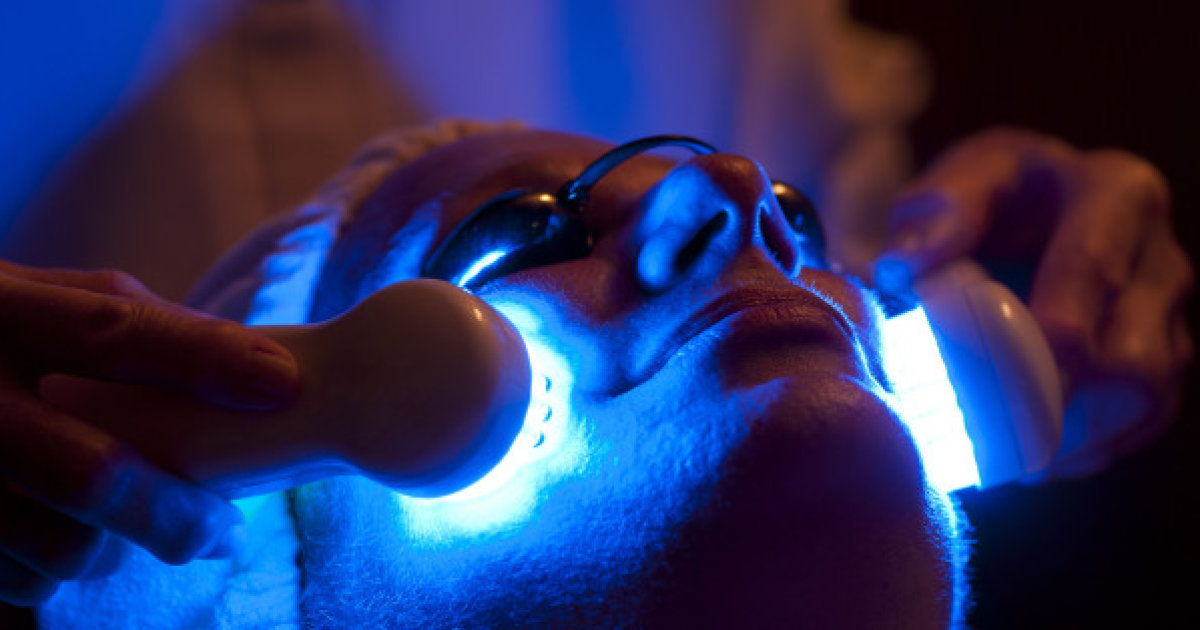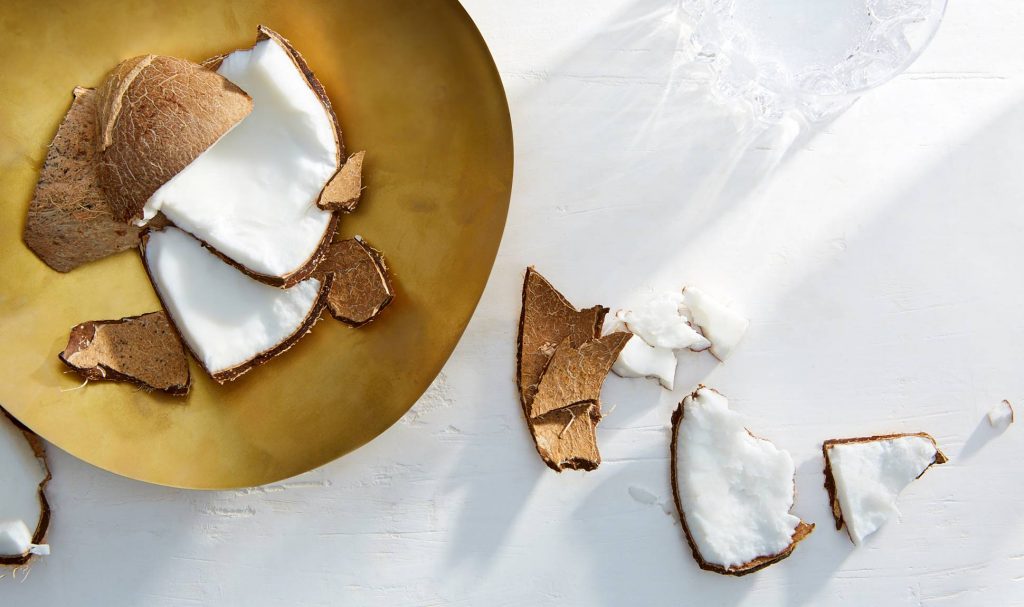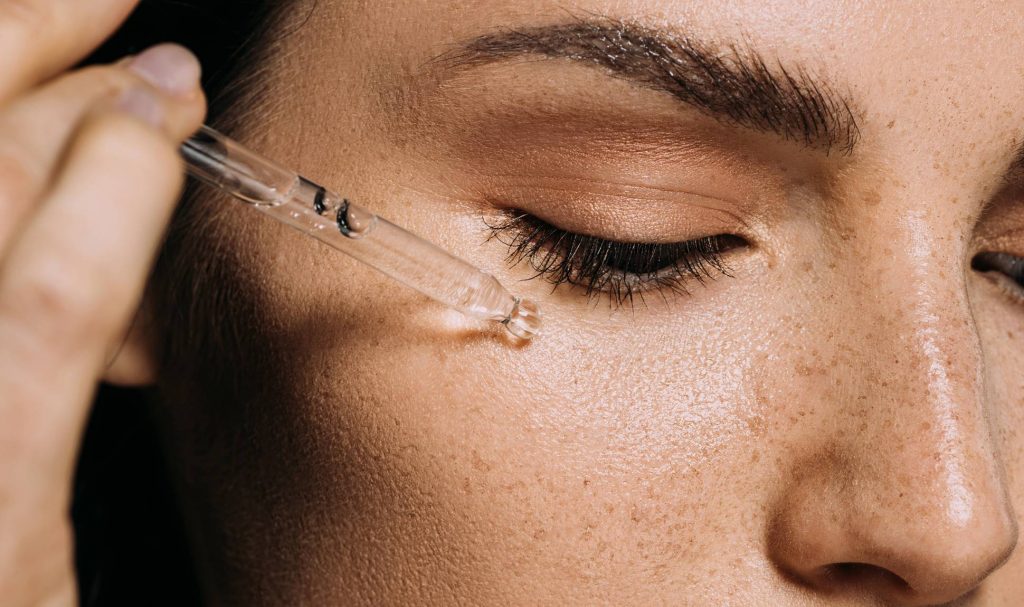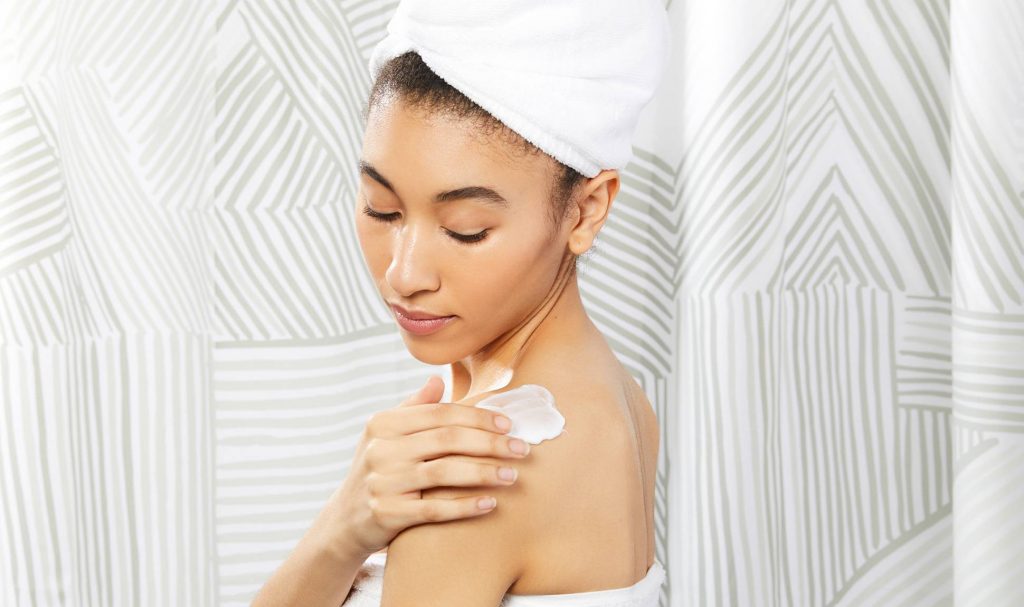For the entirety of my teen years, I had terrible acne that left me feeling embarrassed and socially awkward.
I remember uncomfortable days in school, asking fellow classmates how they got their perfect skin, researching special diets to make my acne clear up and trying every acne product and treatment under the sun (my mother can vouch for this).
It was my senior year in high school when my acne started to clear up, but only with the help of a blue light treatment.
The treatment, which helps eliminate acne-causing bacteria that can cause inflammation, basically gave my face a really bad, gross-looking sunburn for about ten days. It was extremely expensive (I only did one $500 treatment), but it helped keep my acne in check.
But how exactly does light therapy work?
There are two types of light therapy ― blue light and red light ― which are sometimes combined in certain treatments. Both kinds of light are useful in treating and preventing mild to moderate acne, though blue light is more helpful in destroying bacteria.
“Blue light has been shown to penetrate the skin’s hair follicles and pores which harbor bacteria and can cause inflammation, and therefore acne. Bacteria are very sensitive to the blue light spectrum—it shuts down their metabolism and kills them,” Marnie Nussbaum, M.D, told Shape magazine in January.
Blue light treatments done in a doctor’s office look similar to this (this is what my treatment looked like):
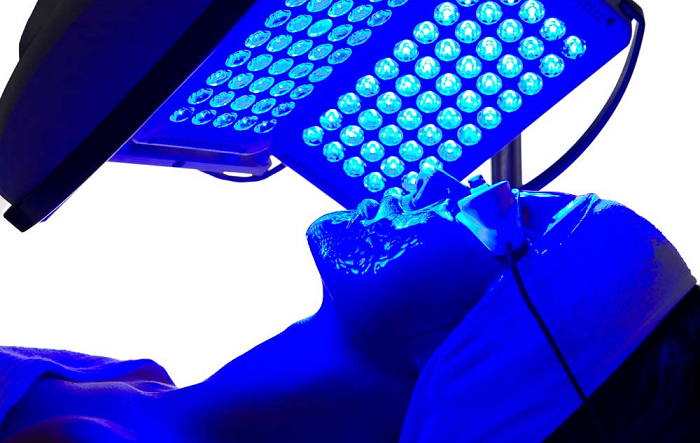
Red light, on the other hand, helps reduce inflammation associated with acne.
“Red light has traditionally been used for anti-aging purposes because it helps stimulate collagen,” Joshua Zeichner, the director of cosmetic and clinical research in dermatology at Mount Sinai, told Shape magazine. At the same time it helps reduce inflammation, which is why it is useful alongside blue-light in treating acne.”
Below is an example of a red light treatment in a doctor’s office:
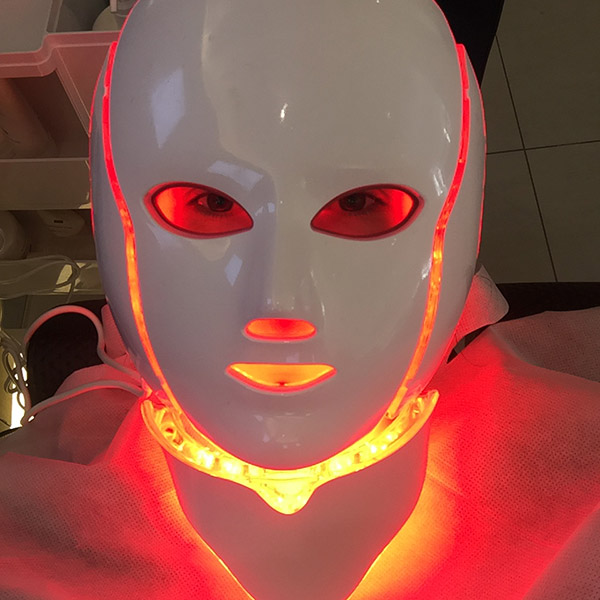
For anyone else looking for relief from breakouts at home, there are a few products currently on the market that treat acne using light therapy. They’re also a lot less expensive than the blue light treatment I underwent in high school. (Of course you should always consult your dermatologist before undergoing any skin treatments or trying out new products.)
We asked a dermatologist, Dr. Heidi Waldorf, a cosmetic dermatologist in New York City and Nanuet, New York, for some perspective on light therapy products and whether or not they actually work.
“This product is a reasonable option for anyone who gets the occasional pimple but finds acne spot treatments containing salicylic acid, benzoyl peroxide or resorcinol too drying,” Waldorf said.
“Blue light is anti-bacterial and the red light can briefly reduce oil production in sebaceous glands,” she added. “Neither is very potent without the use of topical photosensitizers (photodynamic therapy), but it can be useful for breakthrough pimples for patients on most prescription or over-the-counter acne regimens or for isolated pimples like those that pop up around a woman’s period.”
Unfortunately, the product ― or products like it ― won’t completely eliminate all kinds acne. But the downsides aren’t all bad.
“It will not get rid of a deep acne cyst – spot treatment of a cyst requires injection of dilute steroid by your dermatologist – but it might slow its development if started early enough,” Waldorf said. “It should also not be used during oral Isotretinoin (Accutane) therapy. The downside is the need to use it several times a day, but it is a far better alternative than trying to pick or pop a pimple, which aggravates acne and increases the risk of scarring.”

